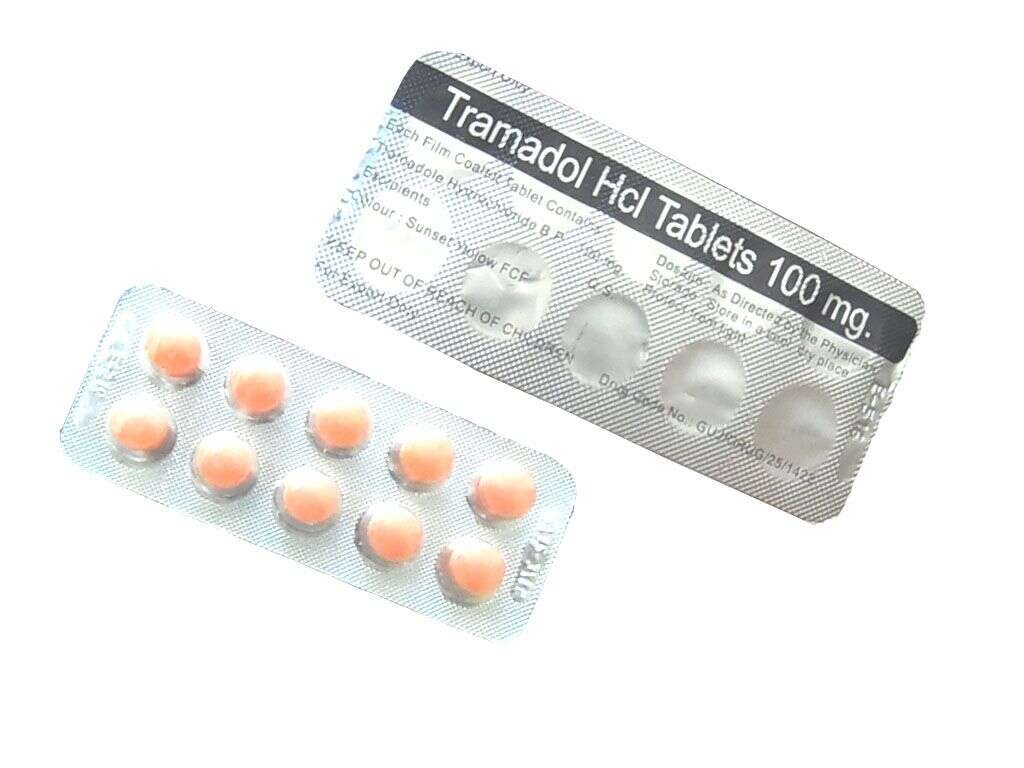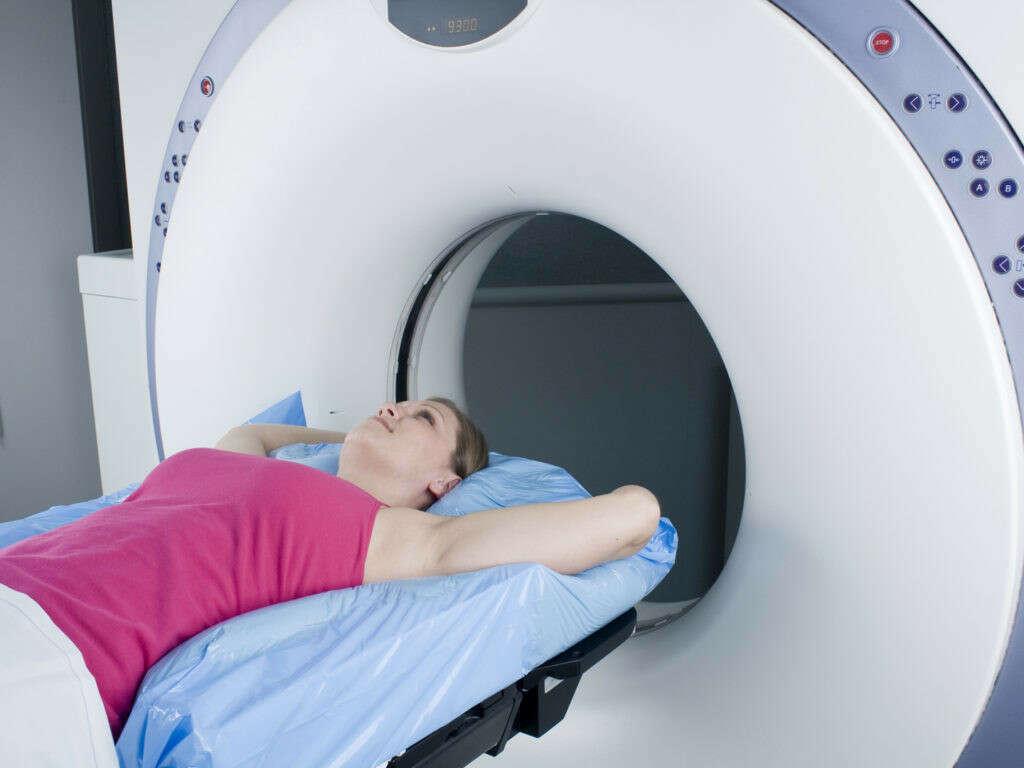10 Side Effects of Tramadol
Pain is among the most uncomfortable sensations we could possibly experience and is enough to have even the most powerful of animals cowering in fear. It is also very necessary, however, as it alerts us to dangers and helps to prevent us from coming to any harm. Regardless of the positives, it can be unbearable and make someone’s life a living agony.
Modern medicine has developed numerous ways to limit the amount of pain that we feel and some are more effective than others. One of the most effective is tramadol and it is only usually used in severe cases when the patient is suffering in considerable discomfort. Unfortunately, though, tramadol is not without its negative side effects.

Tramadol Side Effect #1: Vertigo
Vertigo is often mistaken for a fear of heights, but it actually has nothing to do with heights at all. Vertigo is actually a spinning sensation even when the patient is completely still. It can be debilitating, leaving the patient barely able to move. It can be caused by a range of factors from problems with the inner ear to medication.
Patients that are using tramadol will often find that they will experience vertigo. This is not only unpleasant but can also have an impact on their quality of life. It can also be dangerous in some situations such as when driving. If the symptoms are severe then the patient is advised to speak with their doctor as soon as they can.

Tramadol Side Effect #2: Nausea
Nausea is a feeling of being unwell and that you are about to throw up at any moment. It quite often does lead to the patient vomiting, but not always. It can be caused by a wide range of factors, some of which are harmless, but some others can be more concerning.
Nausea is a fairly common side effect of tramadol. Although such symptoms are to be expected to begin with you should arrange to speak with your doctor if symptoms persist. Nausea can also lead to problems with nutrition if the patient is having difficulty holding their food down for long enough.

Tramadol Side Effect #3: Stomach Problems
Stomach problems are a common complaint even among people that are in very good health. Quite often it is simply a case of eating something our stomach struggles to deal with such as particularly rich or spicy foods. At other times, though, it can be caused by an illness or even by medication.
Tramadol is known to cause stomach problems in patients that use it. Symptoms include diarrhea, flatulence, constipation and stomach pains. Tramadol can also worsen already existing stomach problems. In a small number of cases, the severity of stomach problems means tramadol cannot be used.

Tramadol Side Effect #4: Loss of Coordination
Could you imagine life if you had difficulty coordinating even simple movements? What if you found it difficult to walk to the bathroom without bumping into objects and you had difficulty performing more complex tasks? Being able to do these things are often taken for granted but they can become very difficult to achieve at times.
One side effect of tramadol is that the patient will begin to lose their coordination. The effect is not always considerable but it can lead to difficulties in some cases. If you are experiencing a severe loss of coordination when using tramadol, you should arrange to speak with your doctor as soon as possible.

Tramadol Side Effect #5: Agitation
If you’ve gone for too long without eating, there’s a good chance you will become quite irritable. It can also be caused by a lack of sleep and a wide range of other factors. Once we’ve eaten or slept, or whatever else it is that is making us agitated, it is likely to pass. Agitation can also be a symptom of medication though, including tramadol.
Agitation is a common symptom of tramadol with patients often finding it difficult to be around other people. Sometimes the agitation can be so unbearable that the patient would rather not use the drug. It can have an impact on their lives, such as their ability to work with other people.

Tramadol Side Effect #6: Nervousness
It can be very difficult to not get nervous or even a little apprehensive in some situations. Some events and occasions can potentially have a huge impact on our lives and there can be a lot of pressure and expectation on us. Some people are able to handle it better than others, but few people genuinely feel no nervousness at all.
People that are using tramadol will often report that they feel nervous even when there is no reason to. Even straightforward occasions such as doing some shopping can make them feel anxious and sometimes they might not want to leave the home at all.

Tramadol Side Effect #7: Fatigue
After a long day, anybody is likely to feel low on energy. It is a very natural thing to experience and is easily overcome with food and sleep. For those that are able to get sufficient sleep and nutrition, they will be ready for the next day. If it is caused by a medical problem or by a drug, though, food and sleep may not be enough.
People that are using tramadol will often feel fatigued throughout the day regardless of how much rest they get. They can feel tired and lethargic and just not be in the mood to get anything done. This is especially a problem for people that have jobs as it can affect their performance at work.

Tramadol Side Effect #8: Itching and Sweating
The ability to sweat is very useful to us and not many animals are able to regulate their body temperatures as effectively as we can. Despite this, we can still find sweating to be quite embarrassing and try to prevent it when we can. Sometimes, sweating can be a side-effect of an illness or maybe of medicine.
Patients taking tramadol will often complain that they are sweating for no apparent reason, while they can also experience itching. Rashes and flushing can also occur in some patients. These can also be signs that you are having an allergic reaction to the drug and you should treat these symptoms as a medical emergency if they are severe.

Tramadol Side Effect #9: Increased Heart Beat
When resting, our hearts beat at around 60-100 beats a minute although this is likely to be lower for particularly fit individuals. The heartbeat rate is likely to increase during exercise as the body needs more oxygen and nutrients, but it will usually remain at a steady rate otherwise.
One side effect of tramadol, though, is to increase the rate at which our heart beats even at rest. The patient will often feel this as the heart fluttering and it can become quite alarming in some cases. If your heart is beating at dangerously high levels, you should consider treating it as a medical emergency.

Tramadol Side Effect #10: Seizures
Seizures can range from being fairly mild, with just a part of a person’s body convulsing, or they can be quite severe with the entire body in convulsions. They can be brought on by a number of causes including illnesses, injuries and reactions to certain drugs.
Seizures are a possible side-effect of tramadol and one that should be taken seriously. Seizures could potentially cause long-term damage to the brain and can even result in death. There are also risks involved should the patient be in a dangerous situation such as swimming or driving a car. If you are experiencing seizures when using tramadol, you should consult your doctor straight away.












